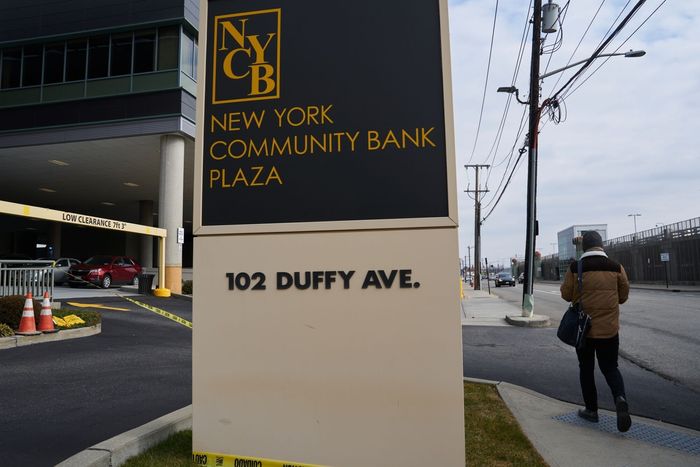Introduction
Welcome to a deep dive into the complex world of rent laws and their impact on New York City’s rental market. Our guide is John Doe, a seasoned real estate analyst with over a decade of experience in this field. His insights have been invaluable to both tenants and landlords alike, shedding light on the intricate dynamics of the city’s rental landscape.
Understanding Rent Laws in New York City
Rent laws in New York City have a long and complex history. They were initially introduced to protect tenants from exorbitant rent increases and to ensure the availability of affordable housing. Over the years, these laws have evolved in response to changing economic conditions and housing needs.
The Current Predicament of NYCB
The New York Community Bank (NYCB), a significant player in the city’s rental market, currently finds itself in a challenging situation. Several factors have contributed to this predicament, including changes in the city’s demographic profile, economic conditions, and most importantly, the evolving landscape of rent laws.

The Role of Rent Laws in NYCB’s Situation
Rent laws have played a significant role in shaping NYCB’s current situation. For instance, recent amendments to the rent stabilization laws have limited the amount that landlords can increase rents for stabilized units. This has had a direct impact on NYCB’s loan portfolio, a significant portion of which is tied to the city’s rental market.
Implications for Tenants and Landlords
The implications of NYCB’s predicament are far-reaching, affecting not just the bank itself but also tenants and landlords. For tenants, stricter rent laws mean greater protection against rent hikes, but they also lead to less investment in building improvements. For landlords, reduced rental income can make it harder to maintain properties or to secure loans for new projects.
What Can NYCB Management Do?
In the face of these challenges, NYCB management needs to adopt a proactive approach. This could involve diversifying their loan portfolio, investing in new technologies to improve service delivery, or lobbying for more balanced rent laws that protect tenants without unduly burdening landlords.
Conclusion: Navigating the Complex World of Rent Laws
In conclusion, the complex world of rent laws plays a significant role in shaping the dynamics of New York City’s rental market. As the situation continues to evolve, all stakeholders – including tenants, landlords, and institutions like NYCB – will need to stay informed and adapt to the changing landscape.
Table: Summary of Key Points
| Topic | Summary |
|---|---|
| Rent laws in NYC | Laws designed to protect tenants from excessive rent increases |
| NYCB’s predicament | Challenging situation due to changes in rent laws and other factors |
| Role of rent laws | Significant impact on NYCB’s loan portfolio |
| Implications for tenants and landlords | Greater tenant protection but potential challenges for landlords |
| Recommendations for NYCB management | Diversification, technological investment, lobbying for balanced laws |










